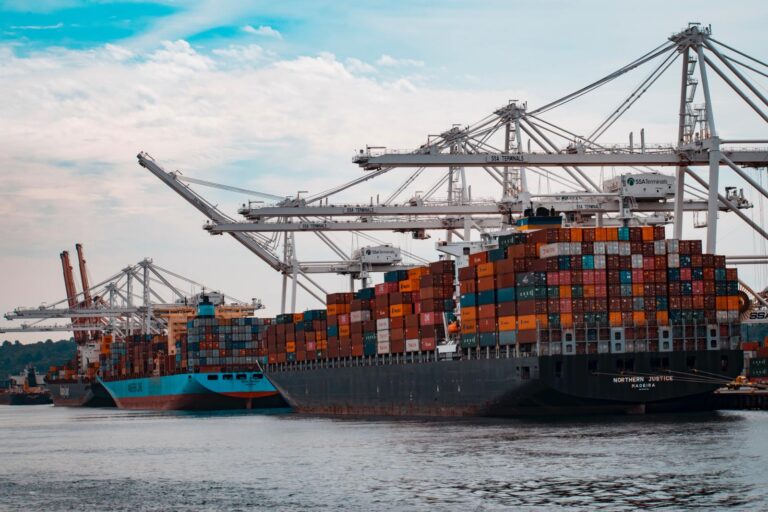
The Incoterms
What they are and what role they play in international trade in 2020
Incoterms is the contraction of International Commercial Terms: the set of transport law regulations which govern the obligations of the parties involved. They are reviewed every 10 years by the International Chamber of Commerce (ICC) with the aim of keeping them constantly updated with their commercial practices and the latest version is that of the current year: 2020.
Substantially the Incoterms represent concise contractual formulas that have the purpose of promoting uniformity in the negotiation and interpretation of sales contracts, through a precise definition and discipline of the main clauses typical of international sales.
In this way the content of the obligations borne by the seller and the buyer is regulated limitedly to the methods of delivery of the goods, the regime of transfer of expenses and transport risks, the division of customs costs and expenses and the possible obligation of the seller to provide appropriate insurance coverage of the goods during transport.
Contractors who wish to make use of these rules must explicitly refer to them when drafting the contract, specifying the reference edition.
Incoterms have always been divided according to the initial letter of the acronym which constitutes a group with common characteristics.
There are four groups: E, F, C, D.
Group E contains the only term Ex Works (EXW) and in this group the seller must make the premises available to the buyer while the latter takes care of transporting the goods, at their own risk and expense, to their destination.
In group F, the seller is obliged to deliver the goods to the carrier appointed by the buyer, while the latter stipulates the transport contract, bearing all costs and risks to the destination. Group F has three terms: FCA (Free Carrier), FAS (Free Along Side), FOB (Free On Board).
In group C the seller bears the charges but not the transport risks for which an exact point will be indicated that must be reached by the seller at his expense and another precise point beyond which the buyer assumes the risk of damage. This group has four terms: CFR (Cost and Freight), CPT (Carriage Paid to), CIF (Cost Insurance and Freight), CIP (Carriage, Insurance Paid to).
Finally in group D the seller must stipulate the transport contract and bear all the costs and risks for the transfer of the goods to the agreed place for delivery to the buyer. It contains three terms: DAP (Delivered At Place), DPU (Delivered At Place Unloaded), DDP (Delivered Duty Paid).
These groupings meet two fundamental criteria: the place where the delivery of the goods takes place and the person who assumes the obligation to conclude the transport contract with the relative assumption or not of costs and risks relating to the transfer of the goods to their destination.
The identification of the “point of delivery” is therefore significant, ie the moment in which the fulfillment of the obligation to deliver the goods is perfected, relevant for identifying the transfer of costs and risks between the subjects, regardless of the moment in which it takes place the transfer of ownership of the goods.
The Exporium team
